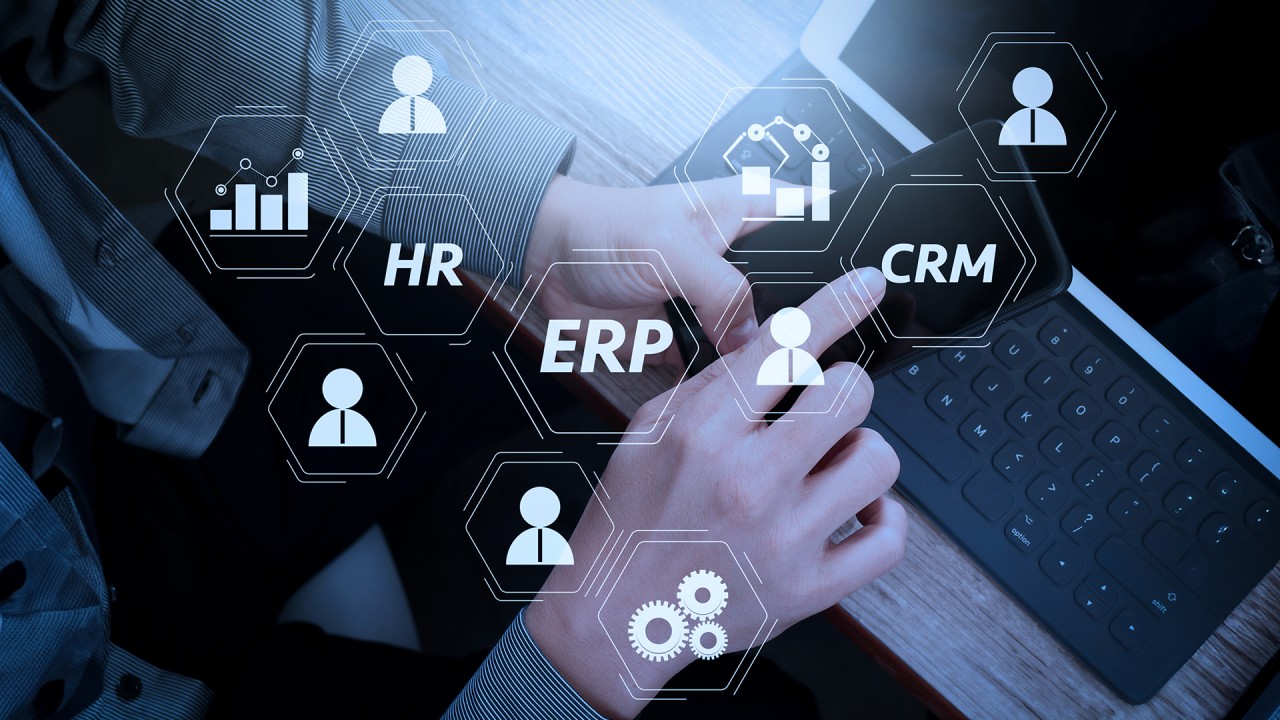How Debt Collection Integration Software Streamlines CRM & ERP
Published On : August 16, 2025

How Debt Collection Integration Software Streamlines CRM & ERP
In today’s competitive financial environment, businesses must maintain strong customer relationships while ensuring efficient debt recovery. One of the most effective ways to achieve this balance is through debt collection integration software that seamlessly connects with CRM (Customer Relationship Management) and ERP (Enterprise Resource Planning) systems. By unifying these platforms, organizations can boost efficiency, improve data accuracy, and enhance customer interactions.
Why Integration Matters
Debt collection is often treated as a standalone function. However, without integration, businesses risk:
- Data silos – customer information scattered across multiple systems.
- Manual errors – repetitive entry and inconsistent reporting.
- Inefficient workflows – teams working in isolation, slowing down recovery.
Integration bridges these gaps by syncing data across CRM, ERP, and debt collection platforms in real time.
Benefits of Integrating Debt Collection with CRM
CRM systems are designed to strengthen customer relationships. When integrated with debt collection software, they provide:
- 360° customer view – access to payment history, outstanding debts, and communication logs in one place.
- Personalized communication – send reminders or settlement offers tailored to customer behavior.
- Proactive engagement – identify potential risks early and maintain positive client relationships.
This ensures that collection efforts are not only efficient but also customer-friendly.
Benefits of Integrating Debt Collection with ERP
ERP platforms manage finance, operations, and compliance. Connecting them with debt collection software enables:
- Automated accounting entries – reduce manual bookkeeping.
- Real-time financial insights – track overdue payments alongside cash flow and budgets.
- Regulatory compliance – ensure debt collection aligns with local financial laws.
- Seamless reporting – generate accurate, consolidated reports across departments.
By unifying ERP with debt collection, businesses can strengthen financial transparency and reduce operational risks.
Key Features to Look For in Integration Software
When selecting debt collection integration software, businesses should prioritize:
- API compatibility with leading CRMs (like Salesforce, HubSpot) and ERPs (like SAP, Oracle).
- Automation tools to send reminders, track payments, and update records.
- Scalable architecture to support growing data and users.
- Data security with encryption and compliance with global standards.
- Custom dashboards to visualize debt recovery progress.
Debt Collection in Saudi Arabia: Why Debtics is the Ideal Choice
In Saudi Arabia, debt collection requires solutions that balance efficiency, compliance, and customer respect. This is where Debtics, a leading cloud-based debt collection software, stands out.
Debtics is designed to seamlessly integrate with both CRM and ERP systems, empowering debt collectors with:
- Real-time synchronization of customer and financial data.
- AI-powered insights to prioritize high-risk accounts.
- Multilingual support tailored for the Saudi market.
- Compliance with local financial regulations.
- Scalable cloud-based infrastructure for growing businesses.
Integrating debt collection software with CRM and ERP systems is no longer optional—it’s essential for organizations that want to enhance efficiency, improve customer experiences, and maintain financial transparency.
For debt collectors in Saudi Arabia, Debtics offers the perfect solution: robust integrations, intelligent automation, and compliance-driven design.
Take the next step today. Explore Debtics and transform the way you manage debt collection with seamless CRM & ERP integration.
Best debt collection integration software in Saudi Arabia
Best debt collection CRM software in Saudi Arabia
Best debt collection automation in Saudi Arabia
